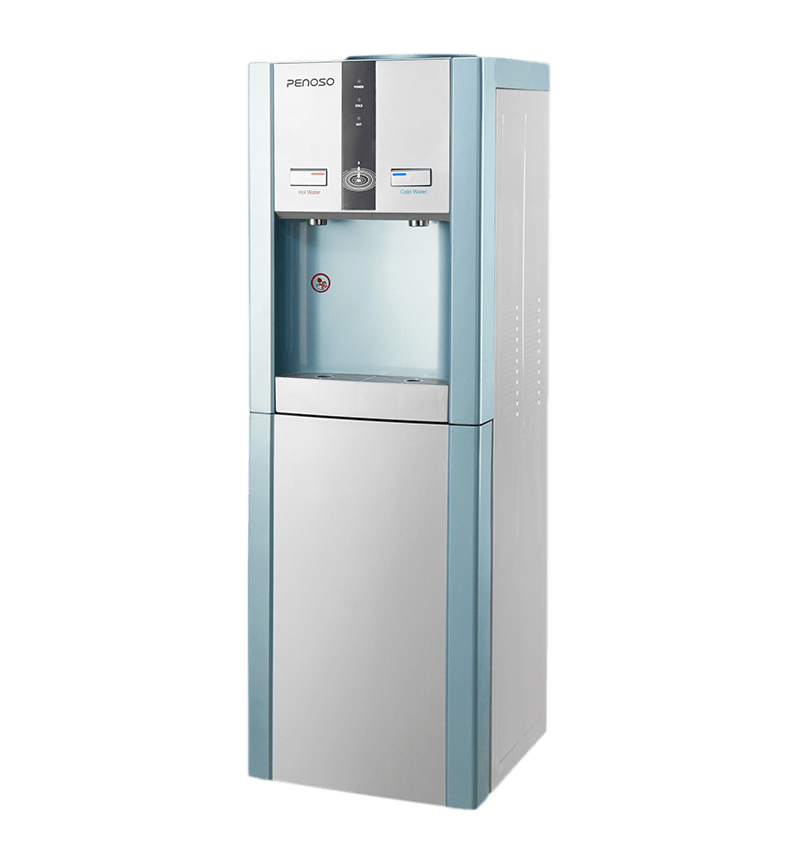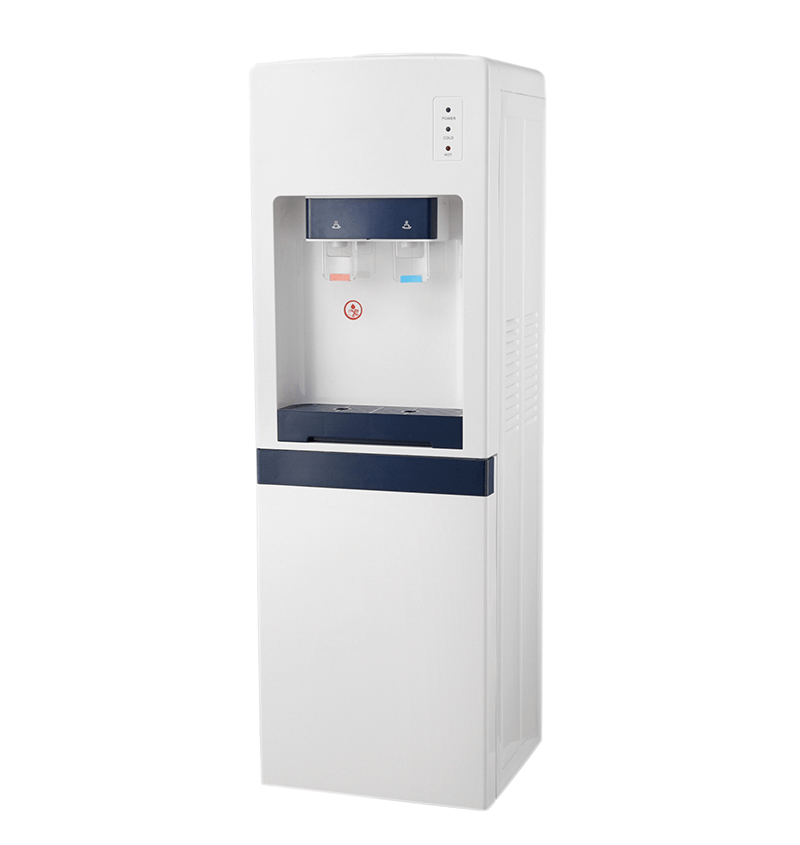In the design of drinking water equipment, water quality safety is always the top priority. Especially for top-loading water dispensers, since the water source container is installed above the equipment and water is supplied by gravity, if there is no reasonable structural protection, it is very easy to have problems such as water backflow and pollutant backflow during use.
The basic principle of the top-loading water dispenser is to invert the bucket so that the water in the bucket enters the water storage system of the water dispenser under the action of gravity. If negative pressure fluctuations or poor interface sealing occur during use, it is very easy to cause air backflow or external impurities to enter the internal waterway of the equipment with the airflow. This phenomenon may not only lead to a decrease in water quality, but also cause pollution of internal components such as heating tanks, cooling pipes, and water outlets, thereby affecting the health of users. Therefore, a reasonable anti-backflow design came into being.
In practical applications, anti-backflow design mainly relies on the combination of multiple structures and material technologies. The first line of defense is usually the barrel mouth sealing structure, which uses a close-fitting rubber gasket or silicone seal to achieve physical isolation between the water inlet and the external air. The second protection mechanism is the one-way valve assembly, which can automatically open when the water flows into the water storage chamber. Once there is a backflow trend, the valve will immediately close to prevent any flow in an abnormal direction. In addition, some products also introduce a negative pressure balance chamber to separate the air flow from the water flow, thereby reducing the direct external interference of the waterway.
Some high-end water dispensers use more sophisticated waterway separation technology to physically separate the hot water, cold water and normal temperature water systems, and set filter units or backflow blocking valves at key nodes. This type of design not only improves the anti-backflow capability, but also helps with the maintenance and cleaning of the overall waterway system. At the same time, in order to enhance the structural reliability, manufacturers often use food contact grade polymer materials to manufacture sealing components to ensure that the sealing performance will not be reduced due to aging and deformation during long-term use.
From the user's perspective, the effectiveness of the anti-backflow design is not only reflected in the technical level, but also in the stability and convenience of daily use. A scientific design should achieve water quality protection without increasing the user's operating burden. For example, when replacing a water bucket or cleaning it, the internal structure should remain sealed to avoid water pollution when not in operation; at the same time, the equipment should also have the characteristics of self-cleaning structure or easy disassembly and maintenance.
If a top-loading water dispenser can be equipped with a reliable anti-backflow design, it can not only enhance the user's trust in the product, but also effectively ensure the safety and hygiene of drinking water. This design link not only reflects the manufacturer's emphasis on product technology, but also reflects the responsible attitude towards user health. In the future, as users continue to pay more attention to drinking water safety, anti-backflow technology will continue to develop and become one of the basic indicators for measuring the quality of drinking water equipment.
-
.jpg)
Self Cleaning Bottom Loading Water Cooler Water Dispenser - 3 Temperature Settings PS-SLR-812B
-

5/6 stages water purifier under sink system RO System PS-RO-70
-

Hot and Cold RO Water Dispenser PS-SLR-11
-

Home Style Compressor Cooling RO Water dispenser PS-SLR-104S
-

RO Water dispenser PS-RO-11
-

Home Style Compressor Cooling RO Water dispenser PS-RO-102
-

Oem Factory Korea Three Faucets Standing RO Water dispenser PS-RO-104S
-

Instant Hot Water Dispenser PS-SLR-11



 English
English عربى
عربى Português
Português Español
Español
